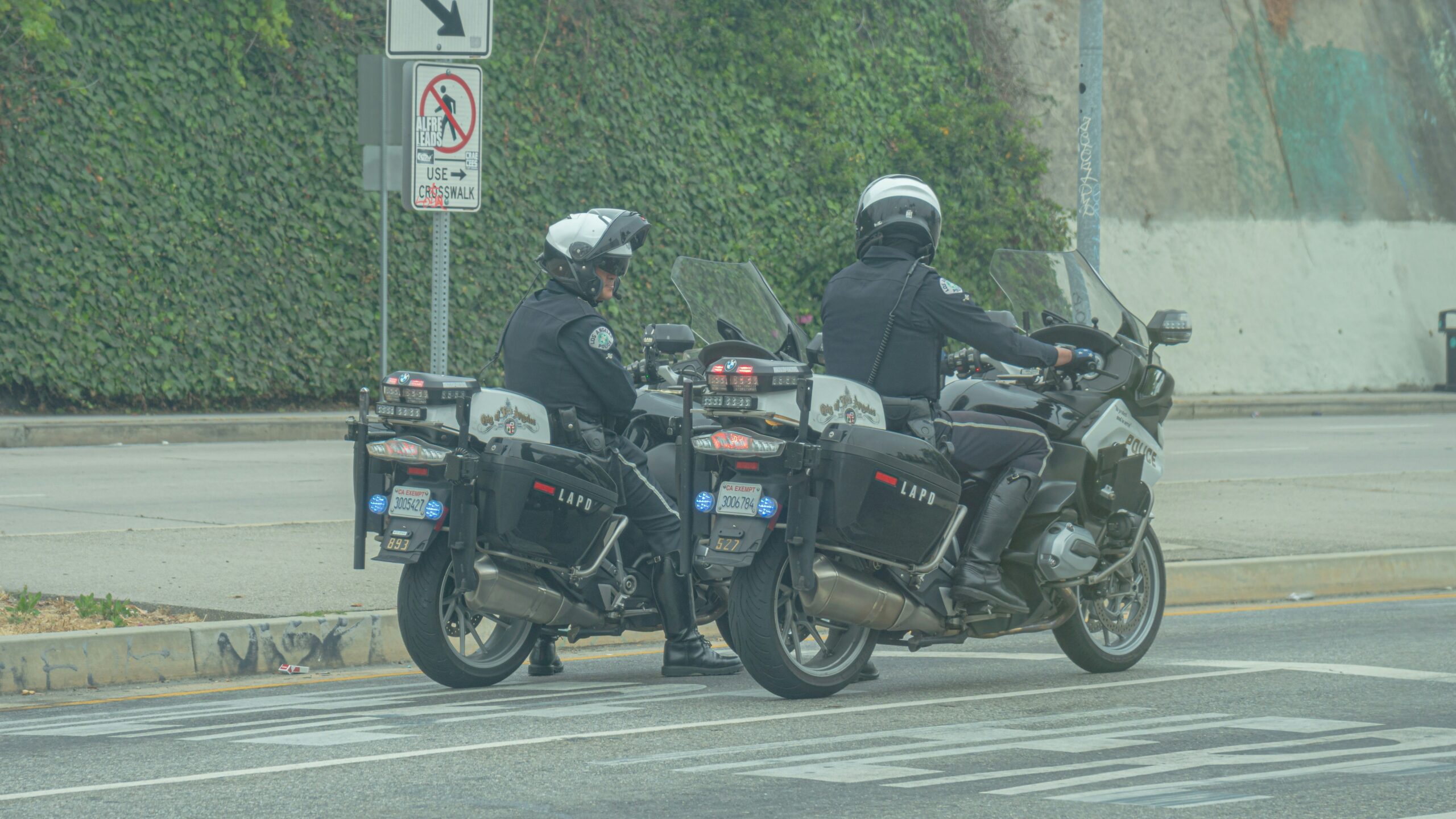
Modern law enforcement is evolving rapidly as technology and intelligence strategies reshape how agencies prevent crime and protect communities. As society becomes more digitized and data-driven, policing methods have had to adapt to new challenges and expectations. No longer reliant solely on traditional boots-on-the-ground tactics, today’s police forces are harnessing advanced tools to act proactively rather than reactively.
These changes are not simply about convenience or modernization. They reflect a fundamental shift in how safety and security are maintained. By leveraging artificial intelligence, data analytics, and real-time communication, officers can respond faster, analyze threats more accurately, and work more efficiently. This transformation offers promise and complexity, demanding a thoughtful balance between innovation and accountability.
The Rise of Predictive Policing and Data Analytics
One of the most influential advancements in modern law enforcement is predictive policing. Through data analytics, law enforcement agencies can identify patterns in criminal behavior, allocate resources more effectively, and forecast potential activity hotspots. This approach relies heavily on historical crime data, geographic trends, and behavioral analysis, all of which help agencies stay ahead of criminal activity.
However, while predictive policing enhances efficiency, it raises concerns about accuracy and fairness. If not carefully monitored, data inputs could perpetuate existing biases or disproportionately affect specific communities. Therefore, law enforcement agencies must ensure their data collection and interpretation practices are transparent, regularly audited, and free from discriminatory influence. Predictive policing can become a cornerstone of proactive law enforcement that respects civil liberties.
AI and Machine Learning in Crime Detection
Artificial intelligence and machine learning are increasingly crucial in processing the enormous volume of data generated by law enforcement operations. From facial recognition software to automated license plate readers, AI tools assist in narrowing suspects, locating stolen vehicles, and even identifying criminal networks. These technologies allow officers to spend less time sifting through information and more time taking meaningful action in the field.
Despite these benefits, the deployment of AI also raises significant ethical and legal considerations. Public trust can erode quickly if communities are watched without cause or recourse. Agencies must implement clear policies on using these tools and involve community voices in the decision-making process. When combined with transparency, AI has the potential to make policing smarter, more targeted, and ultimately more effective.
The Role of Real-Time Surveillance and Communication
Communication systems within law enforcement have undergone a revolution. Real-time surveillance tools like body-worn cameras, drone monitoring, and smart city integration have become essential in documenting events and providing situational awareness. Officers can now access real-time video feeds, coordinate with dispatch more efficiently, and receive instant updates that inform their decisions during operations.
At the same time, these technologies support greater transparency and accountability. Body cameras, for instance, serve as a protective measure for officers and a means of ensuring public trust in policing conduct. As footage becomes a regular component in judicial proceedings, it helps verify statements and reduce investigation ambiguity. The widespread use of surveillance and instant communication signifies a new era in which law enforcement is more connected and accountable than ever.
Cybercrime and Digital Forensics in the Policing Toolbox
With cybercrime on the rise, law enforcement must possess digital forensics capabilities to investigate offenses ranging from identity theft to online exploitation. Cyber units specialize in retrieving, analyzing, and preserving electronic evidence for court use. These skills are increasingly vital in a world where crimes often occur in the digital realm long before manifesting in the physical one.
However, digital forensics is not just about catching cyber criminals. It’s also instrumental in solving traditional crimes. Investigators can trace suspects through their digital footprints, including social media posts, GPS data, and encrypted communications. As these capabilities continue to expand, so too must training and infrastructure. Officers must be equipped with the right tools and the knowledge to use them lawfully and effectively.
Balancing Innovation with Ethics and Community Trust
While technological advances in policing offer incredible benefits, they must be implemented with careful attention to ethical standards and community trust. Any perception of overreach or misuse can damage relationships that take years to build. Communities expect transparency, accountability, and fairness—especially when emerging tools have the potential to intrude on privacy or automate decisions that were once made by human judgment.
Law enforcement must actively involve the community in policy development to maintain public confidence, particularly when adopting new technologies. Public forums, independent oversight boards, and open data initiatives can foster an environment of cooperation and mutual understanding. Policing in the digital age demands more than innovation—it calls for a renewed commitment to integrity, inclusivity, and shared responsibility for safety.
The future of policing is undeniably digital. Technology and intelligence tools are no longer optional enhancements but essential components of effective law enforcement. Yet their success hinges on how they are used—whether they serve to empower officers, protect the public, and uphold justice or if they compromise civil liberties and widen societal divides.
Law enforcement can build a future where safety and trust coexist by embracing innovation while safeguarding ethics. Technology is not a substitute for human judgment but rather a partner in the mission to serve and protect. As agencies navigate this complex transition, their ability to adapt with agility and accountability will define the next generation of policing.